The integration of bird-friendly measures into the widely recognized Leadership in Energy and Environmental Design (LEED) certification system is both progress and controversial in protecting avian species from building-related threats. LEED, managed by the U.S. Green Building Council, has been a global standard for sustainable architecture since 1998, with more than 100,000 certified properties worldwide. While it promotes eco-friendly practices like energy efficiency and water conservation, critics argue that it has historically overlooked bird safety, despite the addition of a bird-collision deterrence credit in 2011.
Bird Safety and LEED Certification
The bird-collision deterrence credit was initially introduced as a pilot program in 2011 and became a permanent feature in 2022. It requires measures such as limiting exterior lighting, using bird-safe glass, and creating performance monitoring plans. However, these efforts were worth only one point out of the minimum 40 required for basic LEED certification, making them optional and relatively undervalued. Despite these limitations, the credit gained popularity among architects due to increasing awareness of bird collisions, which kill over a billion birds annually in the U.S.
LEED’s latest update aims to strengthen bird-friendly measures by offering up to two points for new construction projects. One point can be earned by using bird-safe materials like fritted or UV-coated glass on lower levels and near high-risk areas such as green roofs. Another point focuses on reducing nighttime lighting to prevent disorienting migrating birds. However, these credits are not interlinked, meaning builders can choose one measure without addressing the other.
Criticism of LEED’s Bird-Friendly Measures
Conservationists have expressed mixed reactions to these updates. While some see them as incremental progress, others argue that they fall short of addressing the scale of bird mortality caused by building collisions. Michael Mesure of Canada’s Fatal Light Awareness Program criticized the changes as insufficient, suggesting that they fail to significantly reduce collision risks. Advocates like Travis Longcore from UCLA have called for stricter requirements, including mandatory use of bird-safe materials for any avian-related credits.
Another concern is that LEED’s promotion of ecological features like green roofs and native plants could inadvertently attract birds to hazardous areas if not paired with collision-prevention measures. Urban planning expert Tim Beatley emphasized the need for comprehensive designs that protect entire ecosystems rather than focusing solely on human benefits.
Momentum for Bird-Friendly Policies
Despite its limitations, LEED’s inclusion of bird-friendly credits has raised awareness among architects and developers. Christine Sheppard of the American Bird Conservancy views these measures as a pragmatic step toward broader adoption of bird-safe practices. The U.S. Green Building Council has also incorporated feedback from conservationists during public comment periods for its updated code.
However, some advocates argue that voluntary measures like LEED credits are insufficient compared to mandatory regulations. Cities like New York and Washington, D.C., have implemented laws requiring bird-safe materials in new constructions and renovations, setting a precedent for stronger policies nationwide. Local advocacy efforts have led to legislation mandating bird-friendly designs in Washington, D.C., regardless of LEED certification.
While LEED’s updated bird-friendly credits represent progress in integrating wildlife protection into sustainable architecture, critics contend that they do not go far enough to mitigate the widespread issue of bird collisions. The debate underscores a growing shift toward mandatory citywide standards as a more effective solution for safeguarding avian populations.
More information is available here.
Image: Pexels.com







You must be logged in to post a comment.